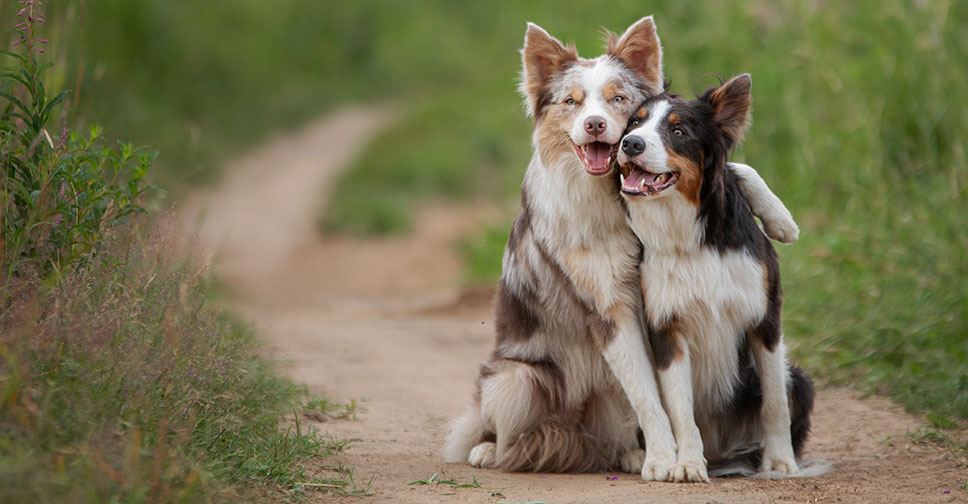
Hypothyroidism
What is the thyroid gland and what does it do?
The thyroid gland is one of the most important glands in the body. It is in the neck near the trachea or windpipe and has two lobes, one on each side of the trachea. The thyroid gland is controlled by the pituitary gland, which is located at the base of the brain.
The thyroid gland regulates the body’s metabolic rate. If the thyroid is overactive (hyperthyroidism), the body’s metabolism is elevated. If it is underactive (hypothyroidism), the metabolism slows down.
Hypothyroidism is more common in dogs, and Hyperthyroidism is more common in cats.
What causes hypothyroidism?
In dogs, hypothyroidism is usually caused by one of two diseases neither of which is well understood: lymphocytic thyroiditis or idiopathic thyroid gland atrophy. The former disease is the most common cause of hypothyroidism and is thought to be an immune-mediated disease (the immune system attacking itself). In idiopathic thyroid gland atrophy, normal thyroid tissue is replaced by fat tissue.
These two causes of hypothyroidism account for more than 95% of the cases in dogs.
What are the signs of hypothyroidism?
When the metabolic rate slows down, virtually every organ in the body is affected.
Most dogs with hypothyroidism have one (or more) of the following signs:
- weight gain without an increase in appetite.
- lethargy and lack of desire to exercise.
- cold intolerance (gets cold easily)
- dry, dull hair with excessive shedding.
- very thin to nearly bald hair coat
- increased dark pigmentation in the skin.
- increased susceptibility and occurrence of skin and ear infections.
- failure to re-grow hair after clipping or shaving.
- high blood cholesterol.
- slow heart rate.
Less common symptoms can be:
- abnormal function of nerves causing non-painful lameness, dragging of feet, lack of coordination, and a head tilt
- fat deposits in the corneas of the eyes.
- keratoconjunctivitis sicca (KCS) or dry eye due to lack of proper tear production.
How is it diagnosed?
The most common screening test is a total thyroxin (TT4) level. This is a measurement of the main thyroid hormone in a blood sample. A low level of total thyroxin, along with the presence of clinical signs is suggestive of hypothyroidism. If the TT4 is low, we recommend a TSH (thyroid stimulating hormone) test and Free T4 testing. Sometimes all these results can be equivocal and a treatment trial is commenced.
Can it be treated?
Yes! It is the most easily managed endocrine disorder of dogs. Hypothyroidism is treatable but not curable, and once diagnosed, it can make a huge difference to your dog’s wellbeing. Well managed dogs live long and healthy lives. It is treated with ongoing daily tablets of thyroid replacement hormone for life. The most common treatment is oral synthetic thyroid hormone replacement called thyroxine.
How is the proper dose determined?
All dogs are started on a standard dose of thyroid replacement hormone, based on the dog’s weight. After one month of treatment, a blood sample is taken to verify that the thyroid hormone levels are normal. The blood sample is usually taken just before or 4-6 hours after medication administration as hormone levels can fluctuate.
Since the dog’s tolerance of the thyroid replacement hormone may change over time, the dose may need to be changed. Ideally, we like to retest thyroid hormone levels every six months. If signs of hypothyroidism recur or if you feel your dog has signs of hyperthyroidism discussed below, let your veterinarian know right away.
What happens if the medication is overdosed?
Signs of hyperthyroidism can result. These include hyperactivity, lack of sleep, weight loss, and an increase in water consumption.
If you have any questions about this disease, or if you are concerned about your pet’s response to treatment, please contact the clinic.
